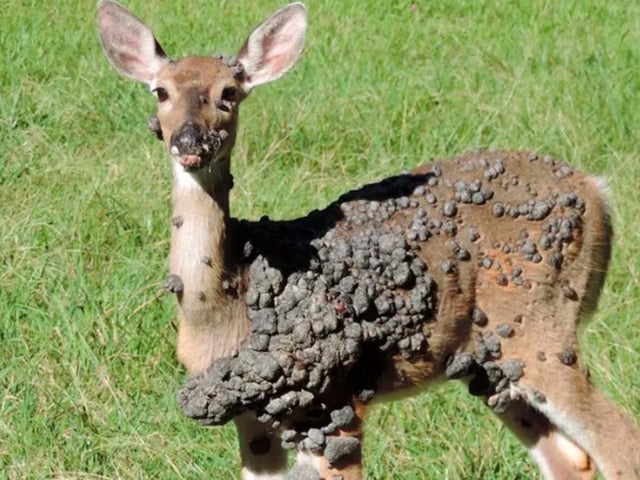Overview
- State wildlife agencies and university experts identify the growths as cutaneous fibromas caused by a deer papillomavirus that does not infect humans, pets, or livestock.
- Images and reports have come from New York, Pennsylvania, and Wisconsin, with experts noting the condition occurs nationwide without clear evidence of a 2025 surge.
- Transmission is associated with mosquitoes, ticks, contaminated vegetation, and deer contact behaviors such as antler rubbing, which heighten exposure during warm months.
- Most affected deer remain healthy and often clear the tumors over time, and meat is considered safe to eat when handled and cooked using standard practices because lesions are confined to the skin.
- Agencies urge the public not to handle or feed affected wildlife and to report sightings for monitoring, reserving euthanasia for rare cases where vision, feeding, or movement is severely impaired.


